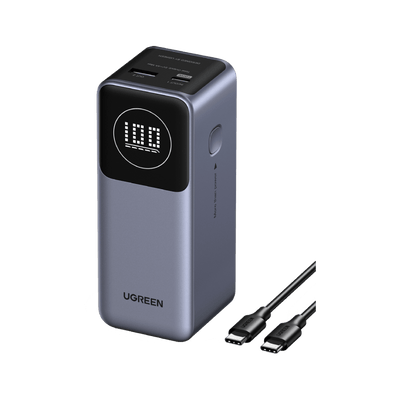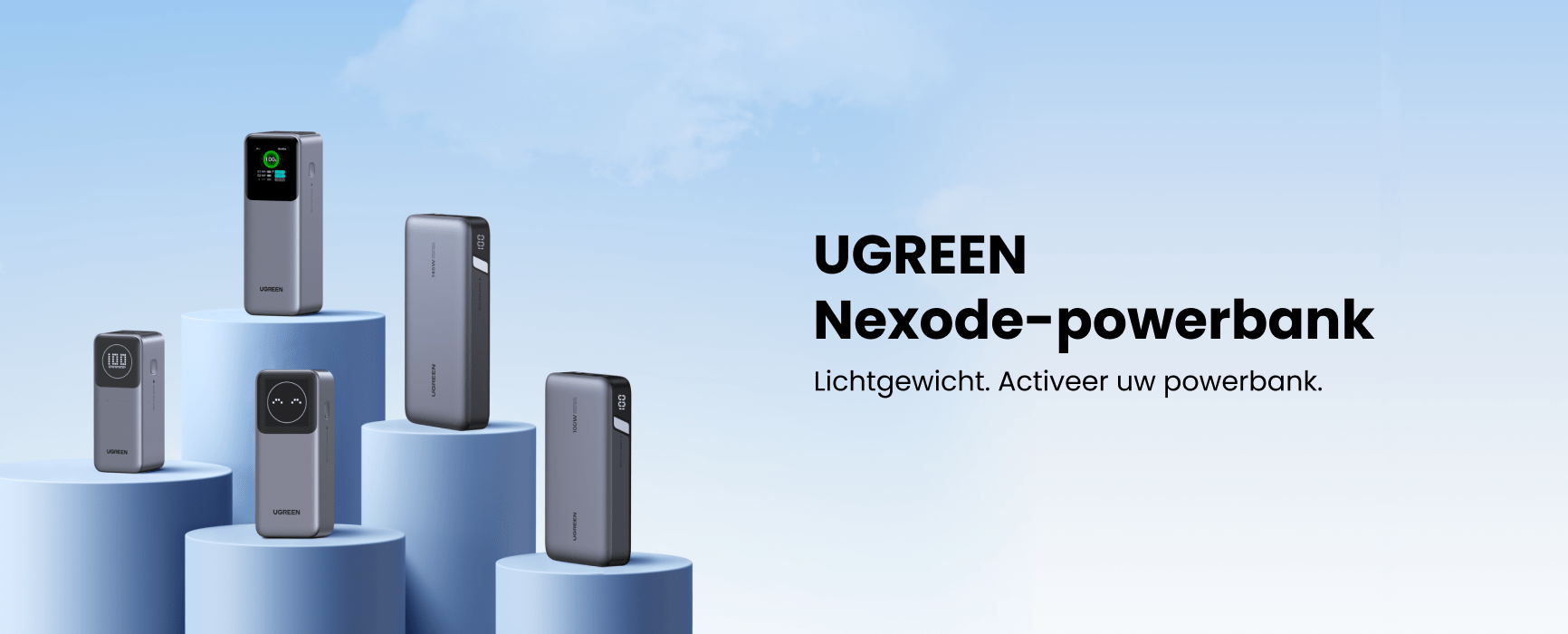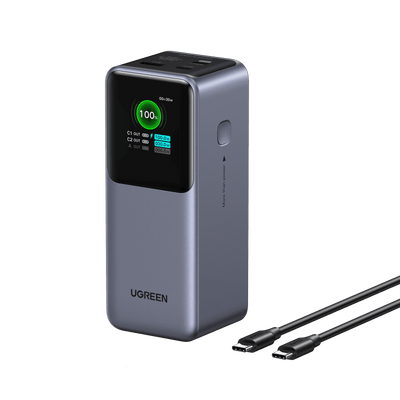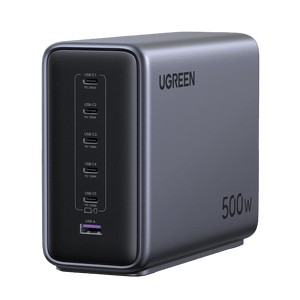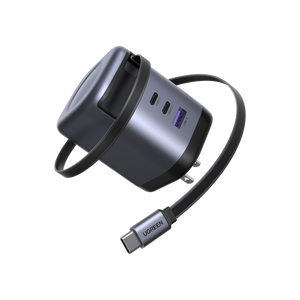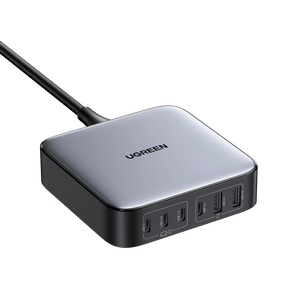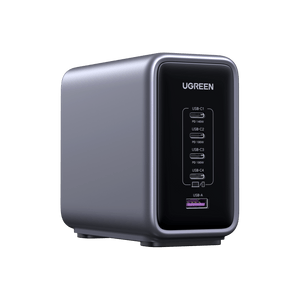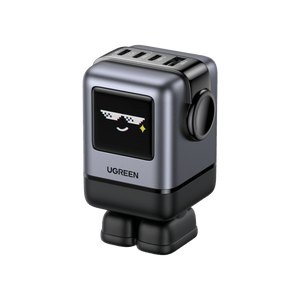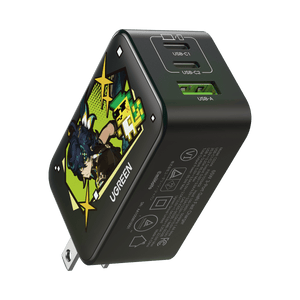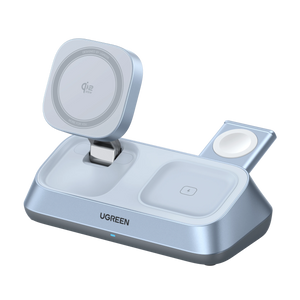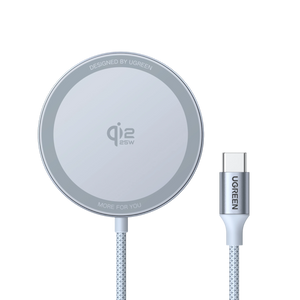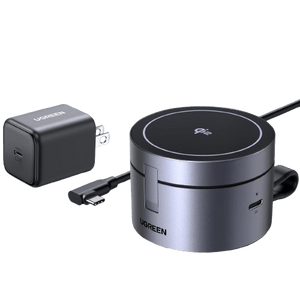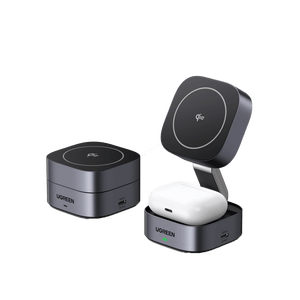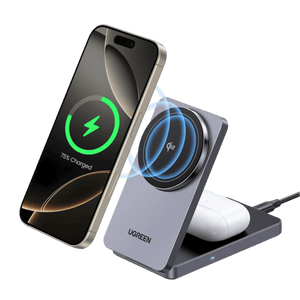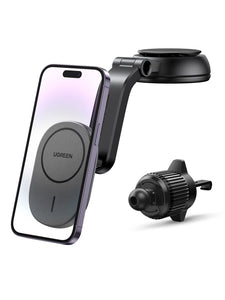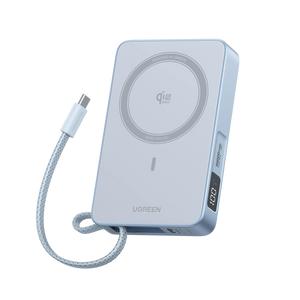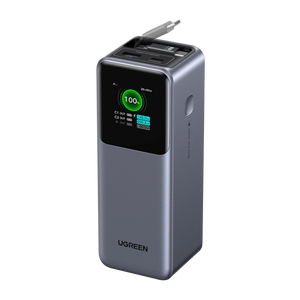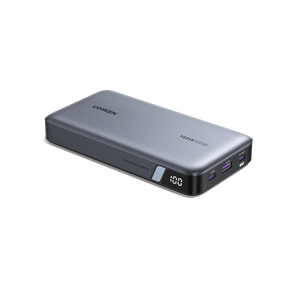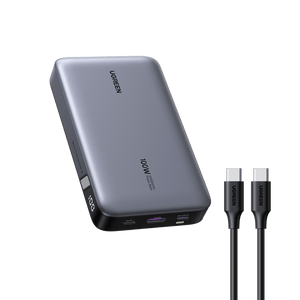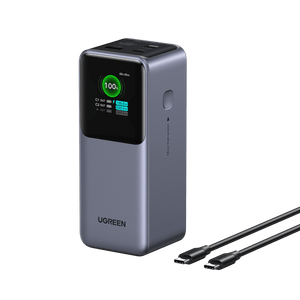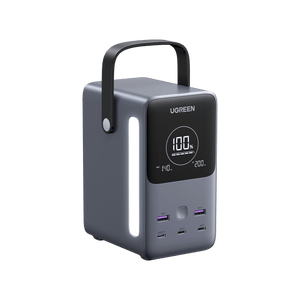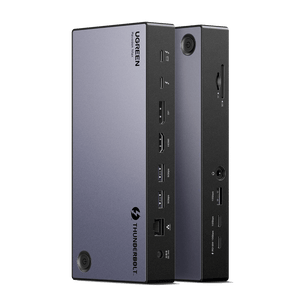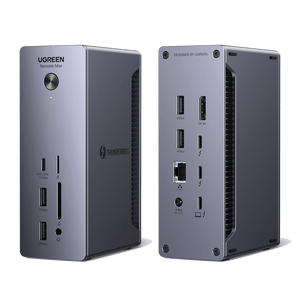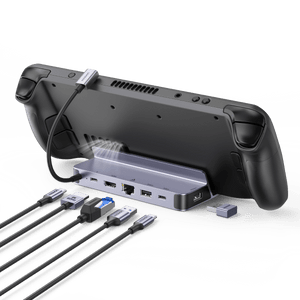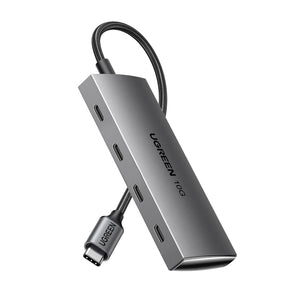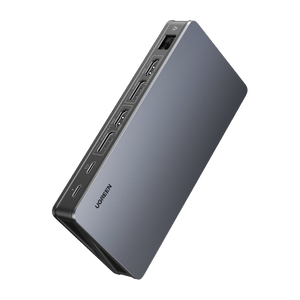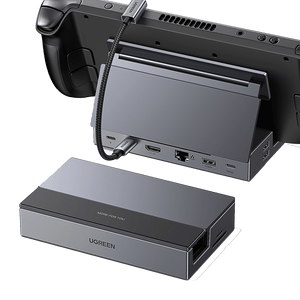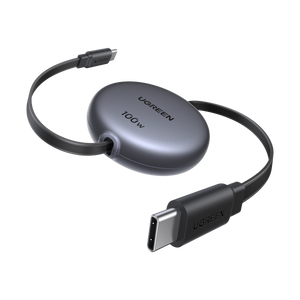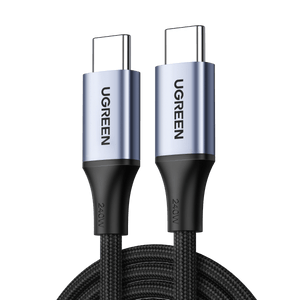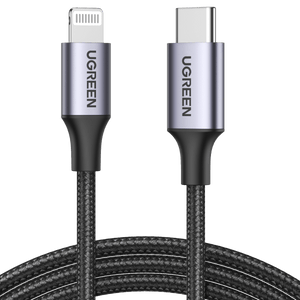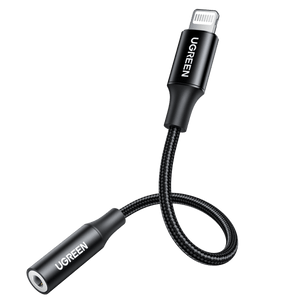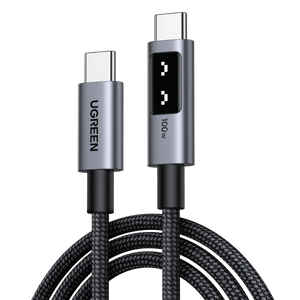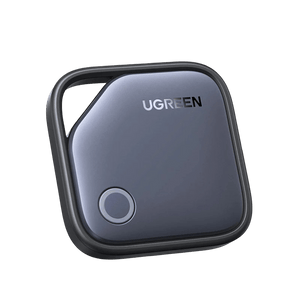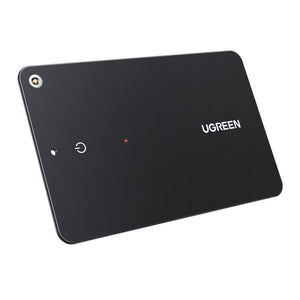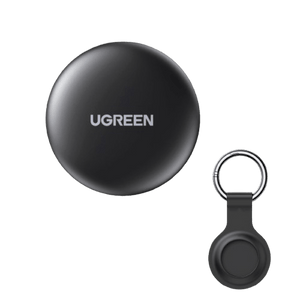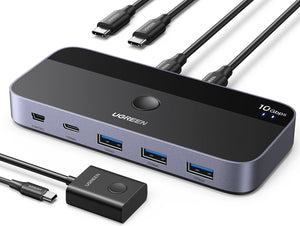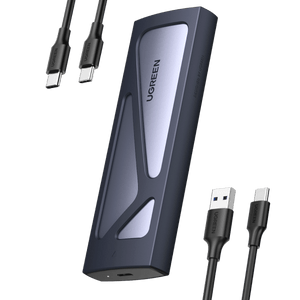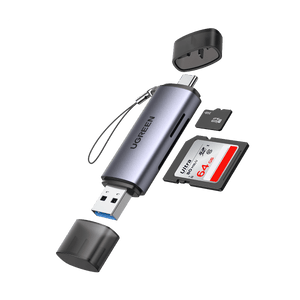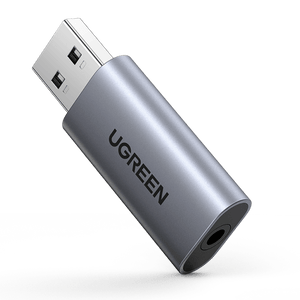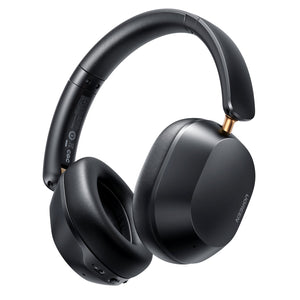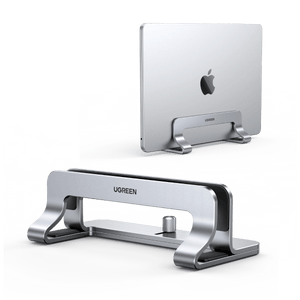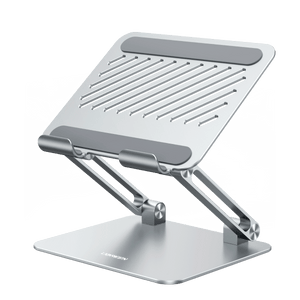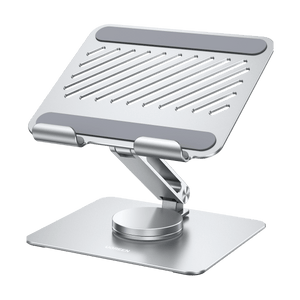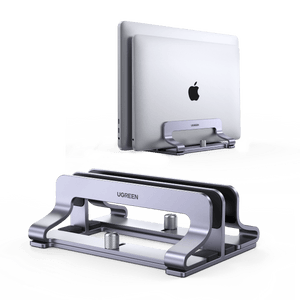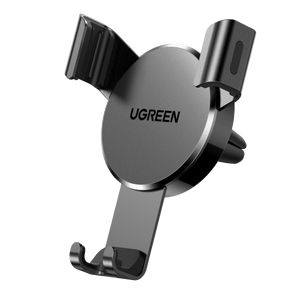5 Reasons Airports Confiscate Power Banks
You’re juggling your boarding pass and bag when a TSA agent stops you. They pull out your power bank and say, “This can’t fly with you.” Suddenly, you’re confused and annoyed—didn’t you follow the rules? If you’ve read our previous article Can You Bring a Power Bank on a Plane? you already know the basics of power bank regulations. But today, we’re diving deeper into a specific issue that many travelers face: why certain power banks are more likely to be confiscated at airports.

Key Takeaways:
- Airports often confiscate power banks exceeding the FAA’s 100 watt-hour (Wh) limit (approximately 27,000mAh) without prior airline approval.
- Clear labeling of a power bank’s capacity is mandatory; unlabeled or poorly marked devices frequently get seized by security.
- Power banks must be packed in carry-on luggage due to fire safety regulations; placing them in checked bags can lead to confiscation.
- Damaged or swollen power banks pose fire risks and are always confiscated, regardless of capacity.
- Regional rules vary—countries like Thailand enforce stricter limits (e.g., 20,000mAh)—so travelers should always verify local regulations before flying.
Why Power Banks Get Confiscated at Airports
When it comes to power banks, airport security doesn’t mess around. Five main factors can lead to your power bank being seized: capacity limits, labeling issues, improper packing, damaged batteries, and regional variations. Understanding these can save you from losing your device—and your cool—at the checkpoint.

Capacity Exceeds Limits
Most airlines follow the FAA’s 100Wh rule for lithium-ion batteries. For a typical power bank, that’s about 27,000mAh. Anything over that—needs airline approval. Skip that step, and you might watch your power bank get tossed at security.
Lack of Clear Labeling
No label, no go. If security can’t see the capacity, they can’t trust it. Many travelers learned this the hard way - their unlabeled power banks got confiscated, even though they likely met capacity limits.
Improper Packing
Power banks belong in your carry-on, not your checked bag. Lithium batteries can catch fire, and airlines want them where they can be monitored.If you’re wondering whether you can actually use one mid-flight, here’s a quick rundown on how power banks are allowed on planes and what to expect during your trip.
Damaged or Swollen Batteries
A swollen power bank is a red flag. It signals a potential fire risk, so security will take it, no questions asked. If your power bank looks puffy, leave it at home.
Regional Variations
Rules aren’t the same everywhere. Some airports, like Bangkok’s, enforce stricter limits. A traveler there had to leave behind a 26,800mAh power bank because it exceeded Thailand’s 20,000mAh cap, even though it was under 100Wh.
Even if your power bank is under 100Wh, it can still be confiscated if it’s unlabeled or you’re flying through a strict region. So, don’t assume you’re safe just because your model is small.
Ranking of Power Banks Most Likely to Be Seized
High-capacity power banks are a traveler’s best friend—until they get confiscated. Airports enforce strict rules to ensure safety, and some power banks are more likely to be seized due to their size, missing labels, or how they’re packed. Knowing which models are at risk can help you avoid trouble at security.
Why Are Some Power Banks Seized?
Airlines and the FAA limit power bank capacity to 100 watt-hours (Wh), which is about 27,000mAh for a standard battery. Anything bigger usually needs airline approval. Without it, your power bank could be taken. Other issues trigger confiscations too. Unlabeled power banks—those without clear capacity markings—raise red flags, even if they’re small. Packing them in checked baggage is a no-go, since lithium batteries must stay in carry-ons. Damaged or swollen units get seized for safety reasons, regardless of size. Rules can also vary by region; in places like India, power banks are a top confiscated item in checked bags.
The Power Banks Most at Risk
Here’s a ranking of models most likely to be seized, based on capacity and popularity:
- ROMOSS Sense 8+ 30,000mAh (111Wh) - Exceeds the 100Wh limit and needs approval to fly.
- RAVPower 30,000mAh Portable Charger (111Wh) - A powerful favorite, but often flagged at checkpoints.
- Aukey 30,000mAh Power Bank (111Wh) - High capacity makes it a frequent target without pre-approval.
- Unlabeled or Generic High-Capacity Models - No markings? No chance—they’re confiscated fast.
- Damaged or Swollen Power Banks - Safety risks mean these get taken, no matter the size.
Smaller power banks aren’t always safe either. If they lack labels or you’re flying through strict regions, they could still be seized. Check the rules before you pack.
How to Keep Your Power Bank from Being Seized at Airports
Traveling with a power bank can be simple if you know the rules. Here’s how to avoid trouble at security and keep your device with you.
1. Check Your Power Bank’s Capacity
- Airlines in the U.S. follow the FAA’s limit of 100 watt-hours (Wh), which is roughly 27,000mAh for most power banks.
- Look at your power bank for a Wh or mAh number. If it’s over 100Wh, call your airline before you fly—they might say no or give special instructions.
2. Make Sure It’s Clearly Labeled
- Security needs to see the capacity printed on the power bank. No label means it could get taken away.
- Check for visible markings like “10,000mAh” or “37Wh.” If there’s nothing, bring the box it came in or buy a new one with clear labels.
3. Put It in Your Carry-On Bag
- Never pack your power bank in checked luggage. It’s a fire hazard, so airlines ban it there.
- Stick it in your carry-on instead. That way, it stays safe and follows the rules.
4. Look for Damage Before You Go
- A swollen or cracked power bank can start a fire, and security won’t let it through.
- Inspect yours at home. If it’s puffy or broken, don’t risk it—leave it behind.
5. Know the Rules Where You’re Going
- Some places have tighter limits than the U.S. For example, Thailand doesn’t allow power banks over 20,000mAh, even if they’re under 100Wh.
- Search online for “[your destination] power bank rules” to double-check. It takes two minutes and can save your trip.
Quick Checklist for Stress-Free Travel
- Is it under 100Wh (about 27,000mAh)?
- Does it have clear labels?
- Is it in your carry-on, not checked bag?
- Is it free of swelling or cracks?
- Did you check the rules for your destination?
Pro Tip: Pick a power bank with a digital display (like the UGREEN Portable Chargers 20000mAh 130W). It shows the capacity instantly, making it easier to prove it’s allowed.
{{UGPRODUCT}}
Don’t Make These Mistakes
-
Mistake: Thinking a small power bank is automatically okay.
- Fix: Size doesn’t matter—labels and packing rules do.
-
Mistake: Ignoring rules at your destination.
- Fix: A quick search keeps you prepared.
Got a tip that’s worked for you? Share it in the comments below—I’d love to hear it!
Conclusion
Power banks are a must-have for staying connected during travel, but nothing stings like having yours confiscated at security. The fix is simple: a little preparation can save the day. Ensure your power bank’s capacity is within limits, verify it’s clearly labeled, stow it in your carry-on, and inspect it for any damage. Heading to a country with tougher regulations, like Thailand or India? Check their specific rules before you go.
Here’s a surprise—size isn’t everything. Even smaller power banks can get snatched if they lack proper labeling or are packed incorrectly. So, before you jet off, take a quick moment to double-check yours. It’s a small step that keeps your phone powered and your trip stress-free.
Have a travel hack that’s worked for you? Drop it in the comments—I’d love to hear your story!
